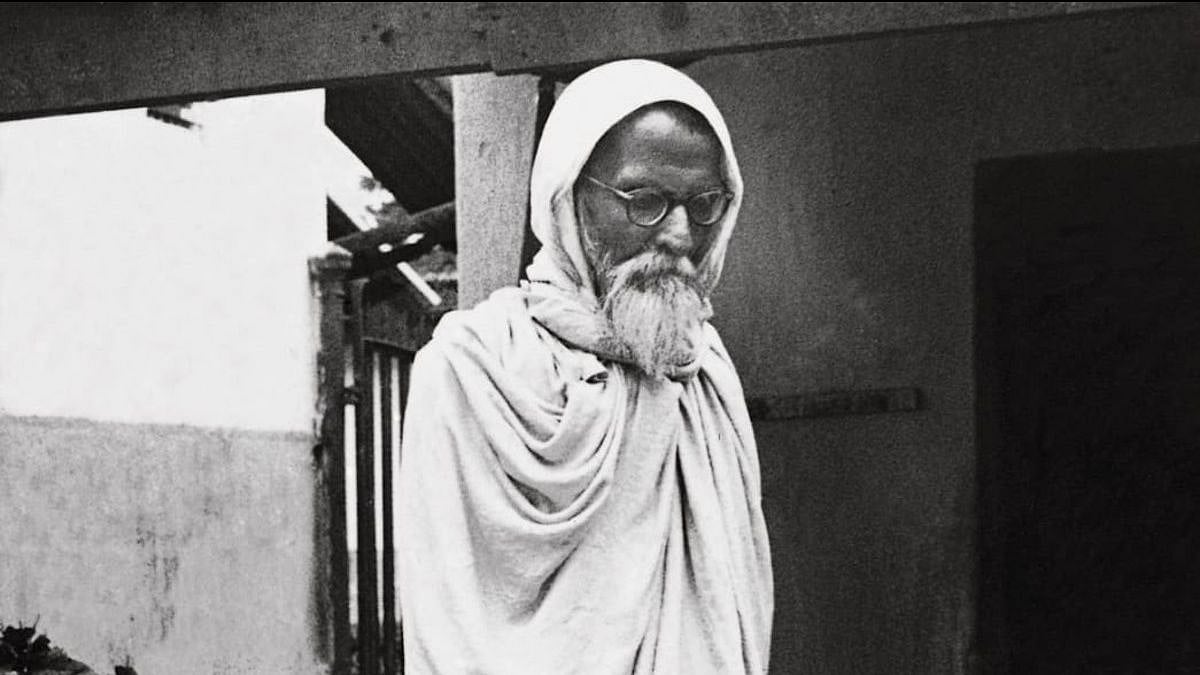Vinoba Bhave birth anniversary: Everything you need to know about National Teacher of India
Vinoba Bhave was an eminent philosopher and greatly contributed to the Indian Freedom struggle.

Acharya Vinoba Bhave | Twitter
Vinayak Narahari Bhave, better known as Vinoba Bhave was an ardent advocate of human rights and non-violence. Regarded as the National Teacher of India, he was widely referred as Acharya Vinoba Bhave and considered to be spiritual successor of Mahatma Gandhi.
Vinoba Bhave was an eminent philosopher and was a polyglot. He was fluent in multiple languages like Kannada, Gujarati, Marathi, Urdu, Hindi, Sanskrit and English. He translated The Gita into Marathi and named it as Geetai.
Bhave greatly contributed to the Indian Freedom struggle and is widely associated with his 'Bhoodan' [Land donation] movement wherein he took donated from the land owners and donated them to the landless to cultivate.
To commemorate Acharya Bhave’s birth anniversary, let's take a look at his life and contribution to Indian freedom struggle.
Elder of the five siblings and affectionately known as Vinaya, Bhave was heavily inspired by his mother. His mother was born in Karnataka and was very religious, contrast to his weaver father's rational outlook. She inspired him to read The Gita.
Bhave's involvement in Indian Freedom struggle started from an interesting juncture, one which changed the course of his life forever. He was on his way to take his intermediate examination when he read about Mahatma Gandhi's speech at inauguration of Benaras Hindu University.
Reading the article prompted him to set his books on fire and eventually join Gandhi in his endeavour.
Bhave wrote a letter to Gandhi and was invited to attend a meeting in Ahmedabad and after that meeting he participated in a variety of activities, including spinning, teaching, studying in Gandhi's ashram.
Bhave, on April 8 1921, took over the Wardha Ashram at Gandhi's request and began publishing Maharashtra Dharma. What began as a monthly magazine devoted to the teachings of the Upanishads became a weekly and ran for three years.
Bhave was arrested several times between the 1920s and 30s for engaging in nonviolent resistance to the British Raj. He was imprisoned for five years in the 1940s.
He would stay in one of Sabarmati Ashram's huts known as 'Vinoba Kutir' and give Gita discourses from there.
Gandhi in India chose Bhave as the "First Individual Satyagrahi" against the British Raj in 1940, he also was a key figure in the Quit India Movement. He devoted his life to religious work and the fight for freedom.
Published on: Saturday, September 10, 2022, 03:50 PM ISTRECENT STORIES
-
-
-
-
-
